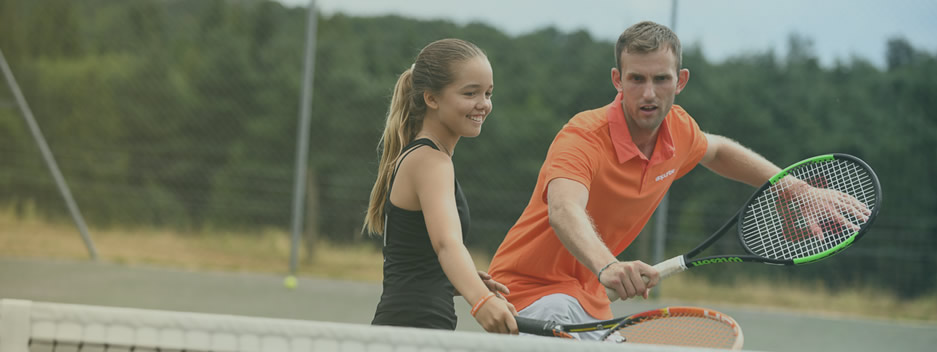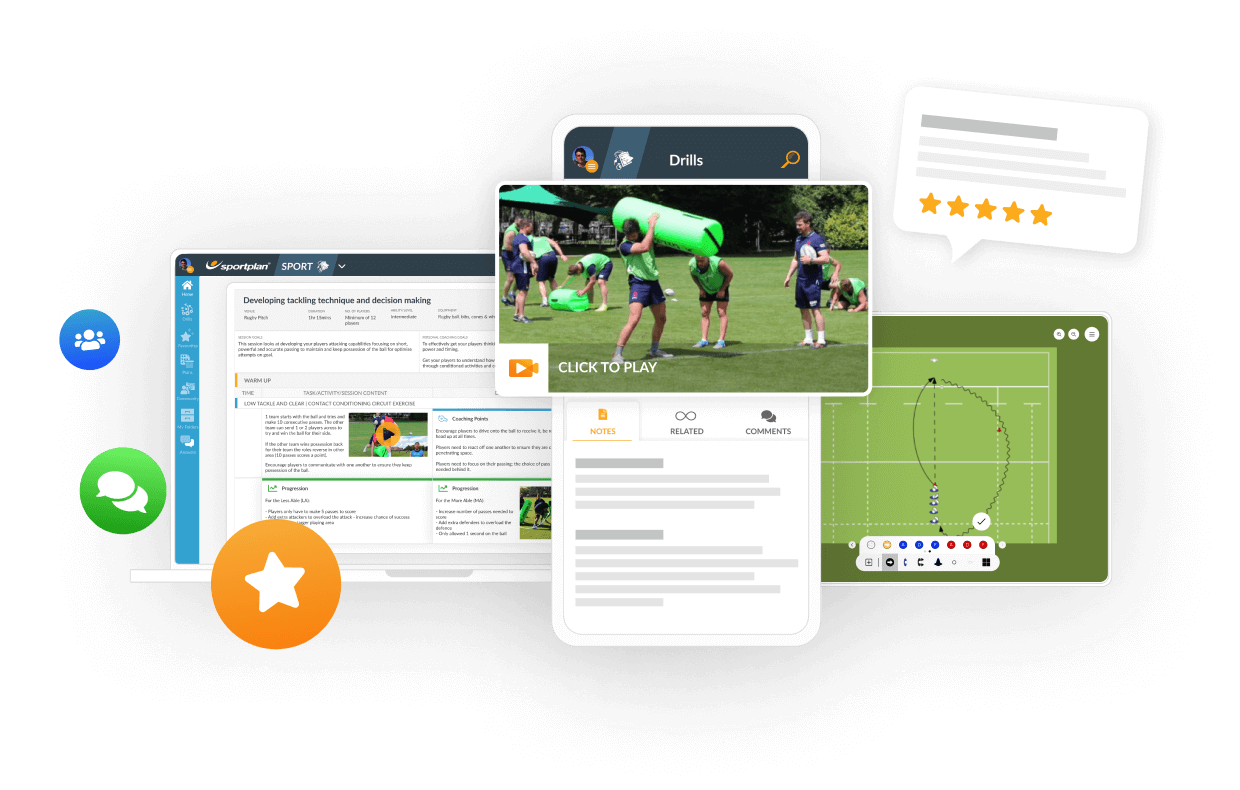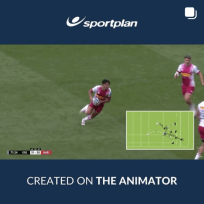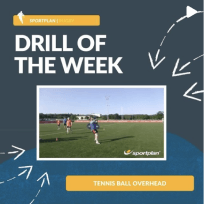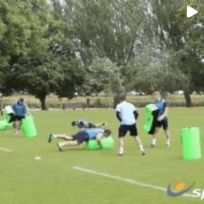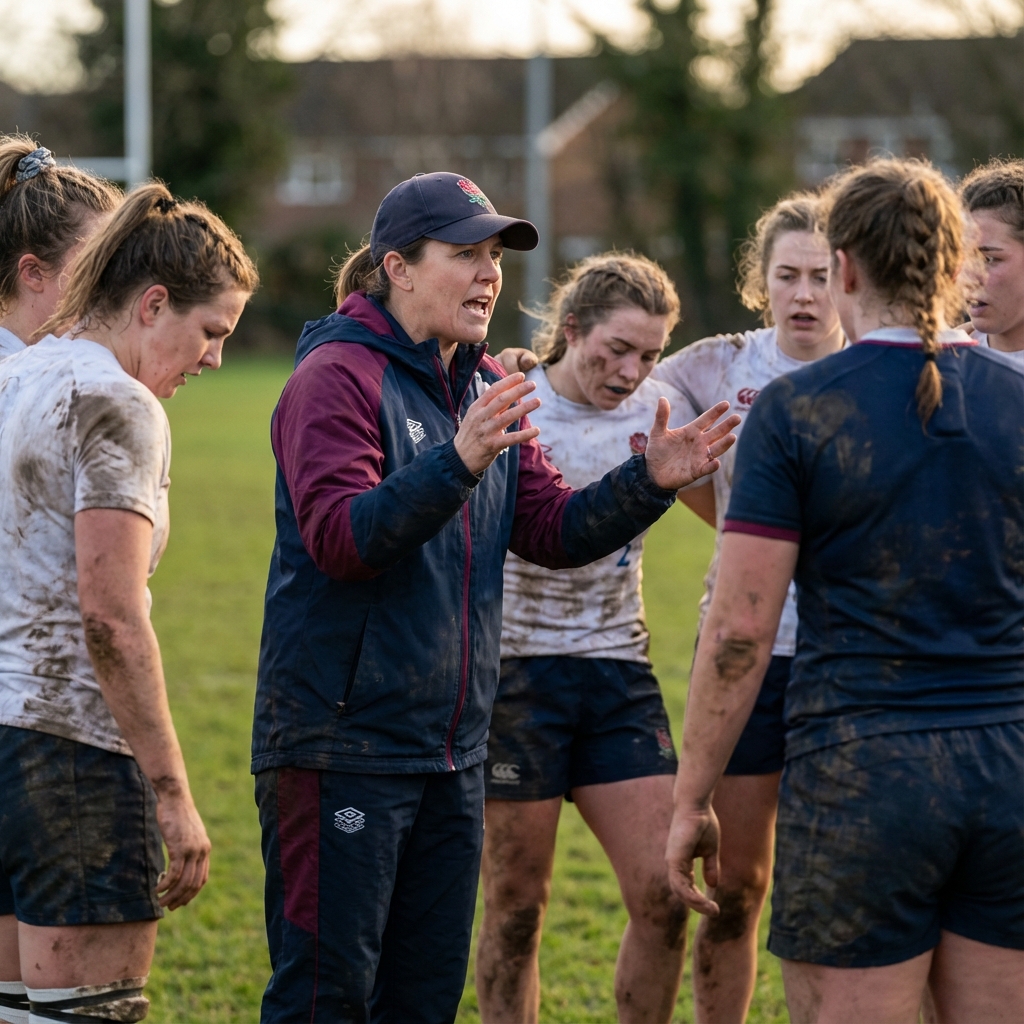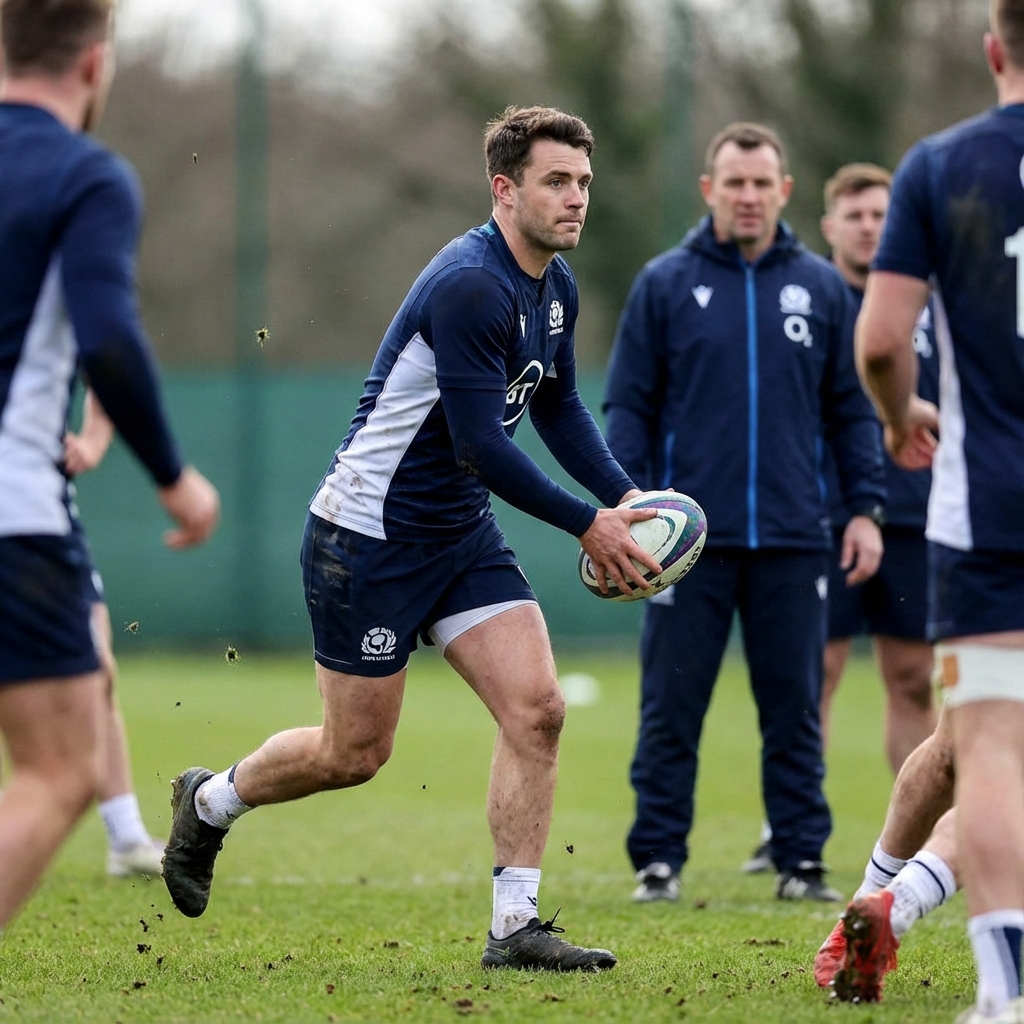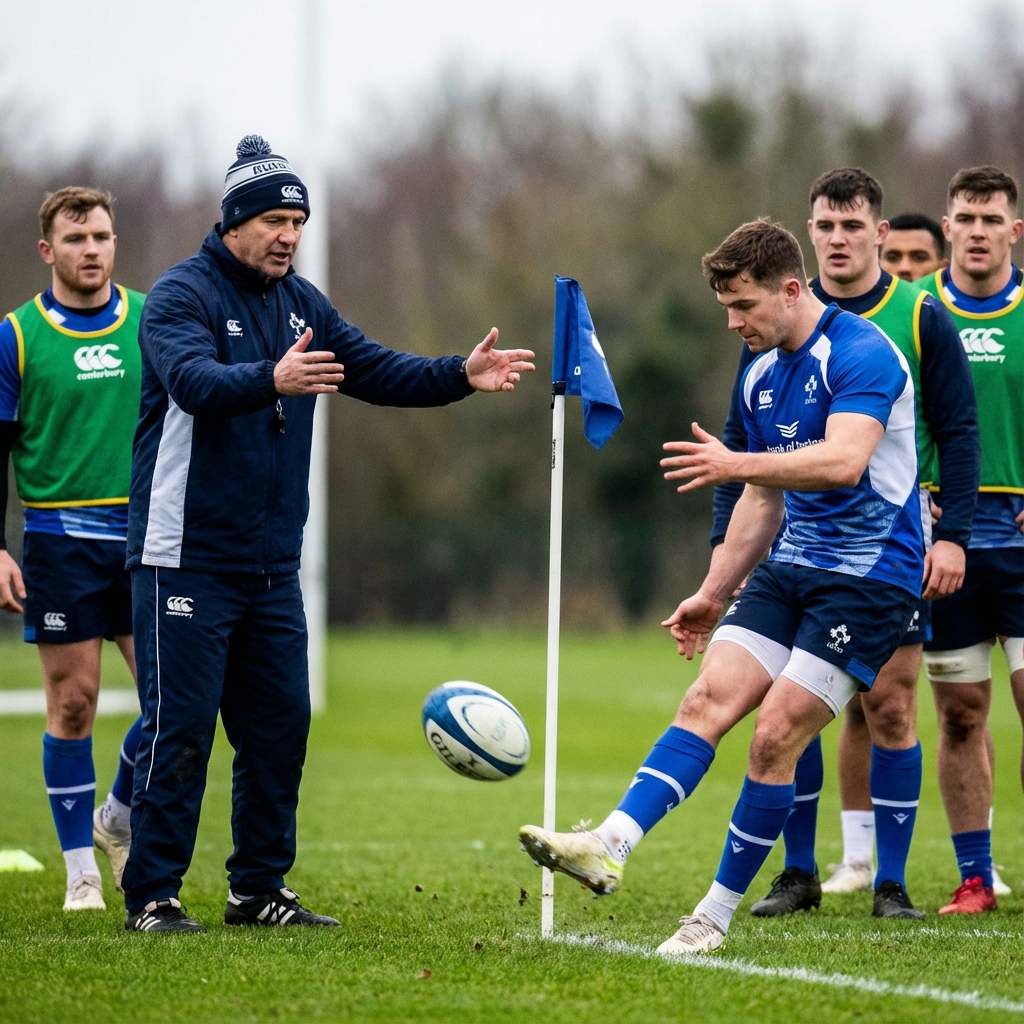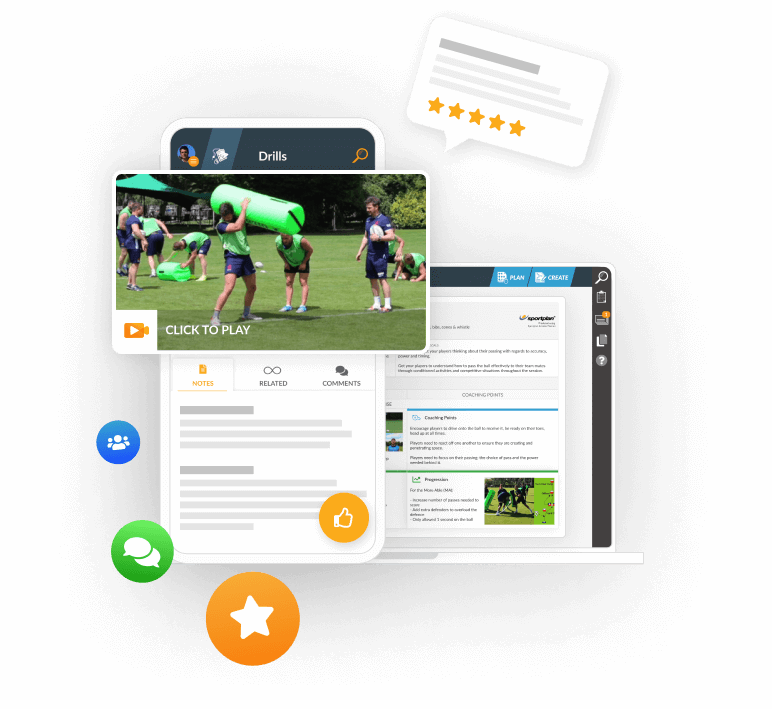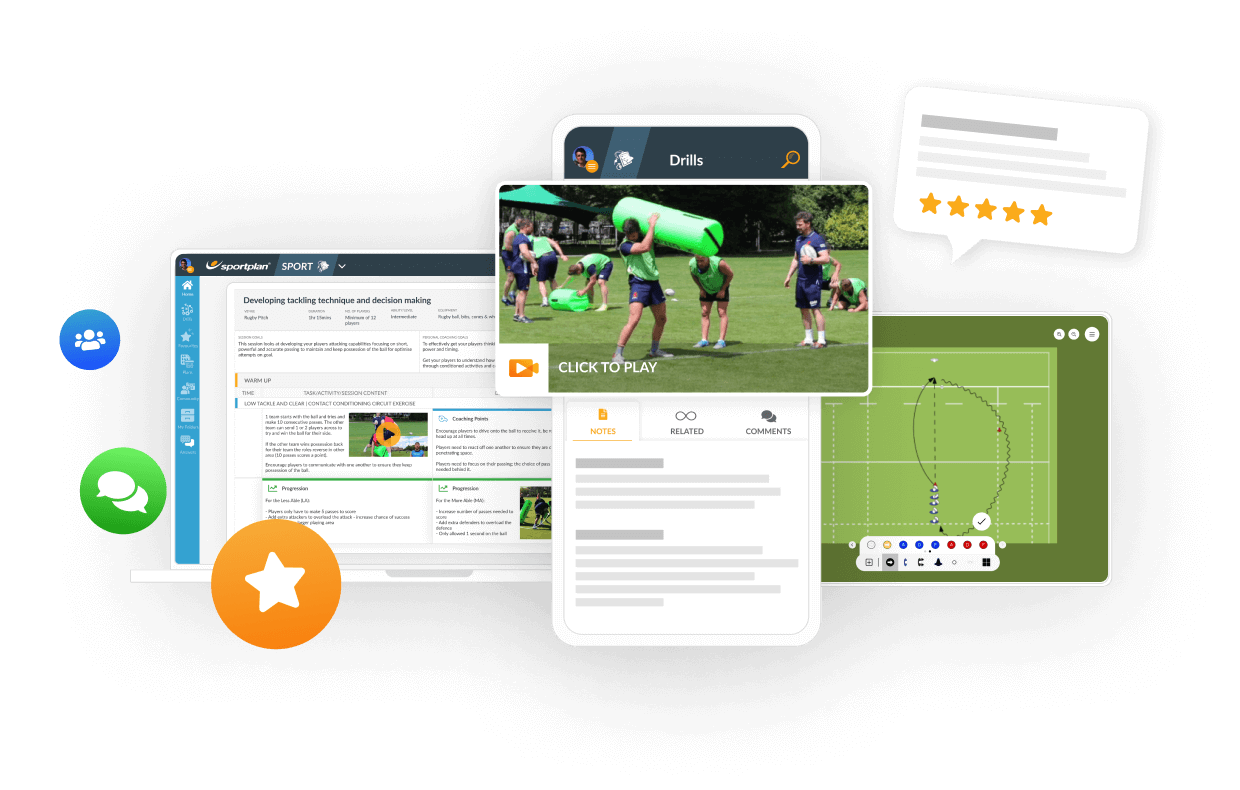Coaching cues are task-oriented pieces of information used to teach an athlete how to perform by focussing their attention onto a specific skill. Cues are either internal or external - the type of cue a coach uses can determine how effective their teaching is.
Coaching has often been seen as an 'art' - the creativity to impart your knowledge onto others. Before the 'art' however, comes the 'science'; the intellectual property which one has learnt and the evidence of what methods and cues work best.
For a coach to transfer the 'science' onto an athlete requires managing cues to initiate a learning process. So, what is the difference between internal and external cues? What types of cues should we be using? And, how can they determine how effective our coaching is?
Internal vs External Cues
Internal Cues
An internal cue focusses the athletes attention on their own body movements that are associated with the skill. They encourage individuals to isolate a specific body part to perform the skill, rather than taking into account the whole movement.
Examples of internal cues:
- Extend the arm and snap the wrist when shooting (basketball)
- Stride your front foot towards the pitch of the ball (cricket)
- Turn your wrists over and point hands towards target (rugby)
Internal cues are often regarded as detrimental to the learning process. Focussing specifically on one part of the body arguably disrupts the athletes automatic movement patterns and neglects the rest of the bodies impact on performing the skill.
External Cues
The focus shifts towards the outcome and effect of the movement with external cues. They encourage the athlete to think about the outcome rather than how their movements affect it.
The cues utilise all motor systems and encourages self-learning to get a better feel of how to achieve the desired outcome using the skill. External cues take a holistic approach to learning a new skill, recognising how each body part plays a role in an athlete's development.
Examples of external cues:
- Feel the ball loop towards the net with backspin (basketball)
- Lean into the shot, hitting the ball along the ground (cricket)
- Spin the ball to make pass into players arms (rugby)
The external cues are recognised to be more effective when learning new skills due to the athlete not over-thinking specific movements.
How cues determine coaches success
To teach, an athlete must learn. To be able to learn a skill, an athlete needs cues to determine what movements are needed to perform the skill effectively. With repetition of the cues, the movements will develop naturally to a point where cues aren't needed.
This is where the art of coaching takes its place alongside the science of cues. Recognising when an athlete has learnt the skill is vital; a coach should have two sessions with cues before testing without cues to determine if the skill has been retained. (Wulf G, Prinz W, and Ho¨ ß M, 1998)
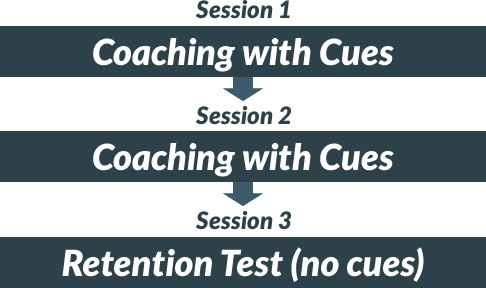
External cues are much better for encouraging the learning process by developing the athletes full range of motor skills, rather than just dictating to them one specific movement - as is the case with internal cues.
Is there a case where internal cues are better?
Although external cues are great for improving the athletes whole motor system, as a coach, sometimes using an internal cue could be better for a specific piece of development.
In a more closed environment - take bowling in cricket for example - there may be a flaw in one's technique which is causing them to consistently bowl down the leg side. A coach maybe in better stead here to strip the technique down and give an internal cue which gets them to focus on their wrist position when bowling.
Once the athlete has corrected the wrist positioning, the cues can then become more external, with an eye towards how the wrist works with the rest of the body to create a certain outcome. E.g. 'release the ball along the same smooth path' rather than 'have your wrist up right at the top'.
This shows that with science, we can recognise how best to encourage the learning process, yet with an element of the art of coaching, there is potential to utilise both internal and external cues to develop a players skill level.
Wulf G, Prinz W, and Ho¨ ß M. Instructions for motor learning: Differential effects of internal versus external focus of attention. J Mot Behav 30: 169-179, 1998. https://www.ncbi.nlm.nih.gov/pubmed/20037032



